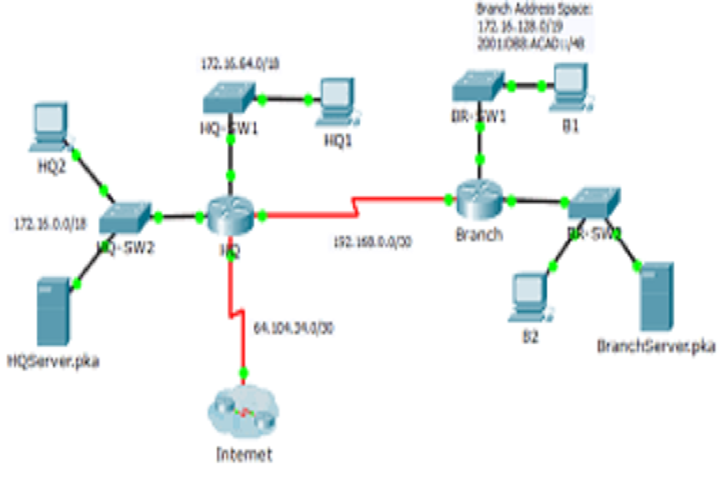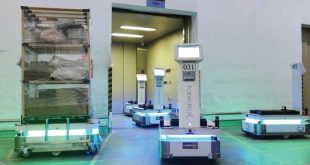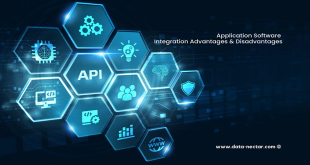All the Packet Tracer activities, Virtual Laptop, and Virtual Desktop activities are available within your IT Essentials Version 5 course in Netspace. However, you can also get easy access just to these activities if you register for this Companion Guide on the Cisco Press website.
create an account, and register your book. Once you have an account and have registered your book, follow the Access Bonus Content link to view the downloadable activities. Note that you need to have the Packet Tracer software to use these Packet Tracer activity files. Packet Tracer is available only through the Cisco Networking Academy.
Ask your instructor for a copy of this software. Also, note that the most current files will always be found within the course on Netspace. Access to these files on the Cisco Press site is intended only for the convenience of access for those of you using the Companion Guide textbook accompanying your course.
How This Book Is Organized
This book corresponds closely to the Cisco IT Essentials course and is divided into 12 chapters, one appendix, and a glossary of key terms:
- Q Chapter 1, “Introduction to the Personal Computer”: Information technology (IT) is the design, development, implementation, support, and management of computer hardware and software applications. A computer is an electronic machine that performs calculations based on a set of instructions. A computer system consists of hardware and software components. This chapter discusses hardware components found in a computer system, selecting replacement computer components, and configurations for specialized computer systems.
- Q Chapter 2, “Lab Procedures and Tool Use”: This chapter covers basic safety practices for the workplace, hardware and software tools, and the disposal of hazardous materials. Safety guidelines help protect individuals from accidents and injury and protect equipment from damage. Some of these guidelines are designed to protect the environment from contamination by discarded materials. You will also learn how to protect equipment and data and how to properly use hand and software tools.
- Q Chapter 3, “Computer Assembly”: Assembling computers is a large part of a technician’s job. As a technician, you must work in a logical, methodical manner when working with computer components. At times, you might have to determine whether a component for a customer’s computer needs to be upgraded or replaced. It is important that you develop advanced skills in installation procedures, troubleshooting techniques, and diagnostic methods. This chapter discusses the importance of component compatibility across hardware and software.
- Q Chapter 4, “Overview of Preventive Maintenance”: Troubleshooting is the systematic process used to locate the cause of a fault in a computer system and correct the relevant hardware and software issues. In this chapter, you will learn general guidelines for creating preventive maintenance programs and troubleshooting procedures. These guidelines are a starting point to help you develop your preventive maintenance and troubleshooting skills.
- Q Chapter 5, “Operating Systems”: The operating system (OS) controls almost all functions on a computer. In this chapter, you learn about the components, functions, and terminology related to the Windows 2000, Windows XP, Windows Vista, and Windows 7 operating systems.
- Q Chapter 6, “Networks”: This chapter provides an overview of network principles, standards, and purposes. The different types of network topologies, protocols, and logical models, in addition to the hardware needed to create a network, are also discussed in this chapter. Configuration, troubleshooting, and preventive maintenance are covered. You also learn about network software, communication methods, and hardware relationships.
- Q Chapter 7, “Laptops”: With the increase in demand for mobility, the popularity of mobile devices will continue to grow. During the course of your career, you will be expected to know how to configure, repair, and maintain these devices. The knowledge you acquire about desktop computers will help you service laptops and portable devices. However, there are important differences between the two technologies. This chapter examines these differences and how-to techniques to use specific to laptops.




